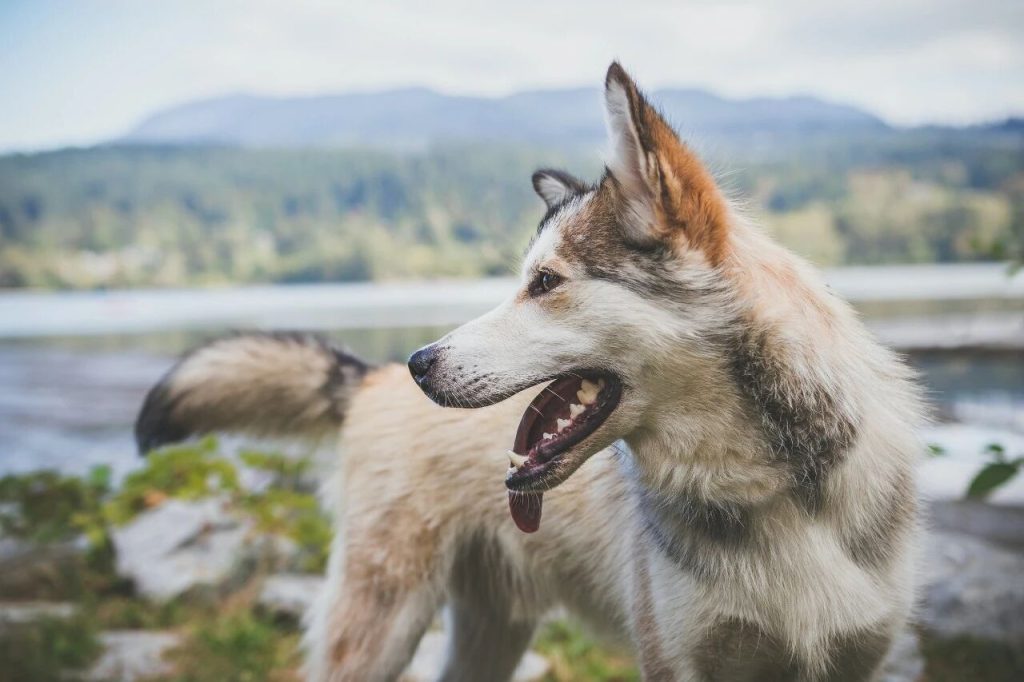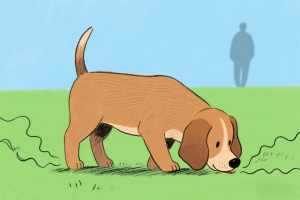A Dog’s Tail is More Than Just for Show – It’s a Signal of Their Emotions.A dog’s tail is not just a cute decoration; it’s actually a powerful tool for communication, expressing everything from joy to anxiety. Chasing their tail in circles is a common behavior, and while many people might think it’s just their dog being quirky or playful, there’s often more to it. It’s important for pet parents to pay attention, because this behavior could actually be a signal that your dog is trying to tell you something important!
-
Boredom
Just like us humans, dogs can get bored too. If your dog loves chasing its tail and letting go once it catches it, it’s likely just bored and doesn’t have much to do at home. Chasing its tail can bring excitement and stimulation, and it helps burn off extra energy. This behavior usually doesn’t last long, so there’s no need for pet owners to worry too much.
-
Skin Conditions
Dogs that spend a lot of time outside are more likely to pick up parasites or develop skin conditions. This can make them itchy and uncomfortable, which might cause them to spin in circles as they try to relieve the irritation by licking or chewing. Pet owners should check their dog’s fur for any black specks, which could indicate the presence of parasites. In such cases, it’s important to deworm your dog or consult a vet for appropriate treatment.
-
Anal Gland Blockage
Dogs have special glands called anal glands located near their tails, which can easily become infected, inflamed, or blocked. If pet owners haven’t helped their dog clean its anal glands in a while, these glands may become blocked, causing pain or itching, which leads the dog to chase its tail or lick it. To prevent this, regular cleaning of the anal glands is necessary to keep the area clean and avoid infections.

-
Seeking Attention
Many dogs that crave attention will learn to bite their tails. If the owner reacts positively by praising or rewarding the dog when it chases its tail, the dog may think its owner enjoys this behavior. This is a signal that the dog wants to play with its owner. If you have time, spend some time with your dog, or give it a little treat to comfort it.
-
Psychological Issues
In some cases, psychological factors can trigger a dog to bite its tail. The behavior might be a result of anxiety or stress, and the dog may bite its tail as a way of relieving those feelings. However, this can also worsen their anxiety. Pet owners should make sure to take their dogs for walks, spend quality time with them, and engage in activities that help reduce their anxiety.
-
Tail Injury
If your dog injures its tail, it can be very painful, and the dog may bite or chase its tail to try and alleviate the discomfort. If your dog has an injured tail, it’s important to bandage it immediately. If your dog is struggling and not cooperating with the bandaging, offering some treats can help calm them down and make the process easier.
-
Mimicry
Dogs often learn behaviors from their parents. Some dogs enjoy biting their tails, and puppies may start mimicking this behavior once they see it. If this is the case and the tail biting seems playful, there’s no need for pet owners to be overly concerned or intervene too much. Let the puppies enjoy their play and let them have some fun.





